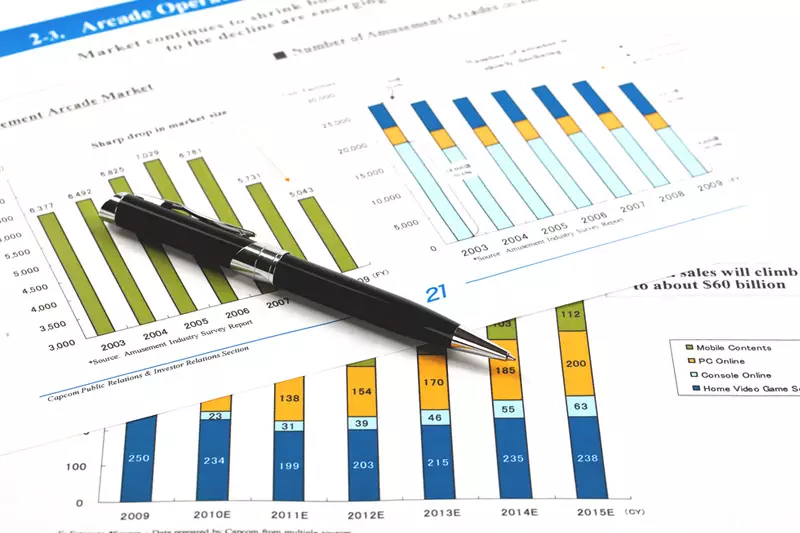In the ever-evolving landscape of global finance, geopolitical events can significantly sway market dynamics. Recently, tensions between Iran and Israel have surged, prompting investors to flock to safe-haven assets. This article analyzes the aftermath of the missile strikes, illustrating the intricate relationships between currency fluctuations, economic forecasts, and investor sentiment amid geopolitical turmoil.
The immediate aftermath of the Iranian missile attack on Israel saw a wave of volatility ripple through global financial markets. The U.S. dollar showcased its resilience, recording its most notable gains in a week, driven by investors’ instinct to seek safety. As uncertainties plagued the Middle East, the dollar index rose approximately 0.5%, reacting positively to stronger-than-expected job openings data, and further solidifying its status as a primary refuge during periods of instability. In contrast, the euro experienced a marginal decline—evidencing the interconnectedness of currency markets and their sensitivity to geopolitical strife.
While the currencies of Australia and New Zealand initially saw an uptick, it was short-lived. Notably, New Zealand’s dollar faced pressure from forecasts suggesting a likely interest rate cut from the Reserve Bank of New Zealand. Market participants assigned an impressive 87% likelihood to the scenario of a 50-basis-point decrease, showcasing the delicate balancing act central banks must perform amid both domestic economic conditions and global events.
As investors gravitated toward safe-haven currencies, the Swiss franc maintained a steady position against the dollar, underscoring its traditional role as a reliable asset amidst turmoil. When tensions escalate in regions like the Middle East, traders often rely on currencies perceived as more stable to shield their investments. Despite fluctuations in the value of other currencies, the Swiss franc’s stability received a notable boost as it became the currency of choice for those aiming to mitigate risk.
Furthermore, the yen’s slight depreciation also highlights the complex dynamics at play. The new Japanese economy minister’s comments enlightening market participants on the country’s approach to future interest rate changes emphasize a more calculated strategy amid global tensions. Investor focus now hinges on how further developments will affect Japan’s economic policies as the nation navigates international headwinds.
The geopolitical situation’s impact transcends immediate currency fluctuations. Analysts, including those from ANZ, note that potential movements in the oil market could further dictate market sentiment in the coming days. With Israel’s vows of retaliation against Iran, the unpredictable nature of the conflict raises concerns that a sustained escalation in hostilities may destabilize oil supplies, contributing to rising prices and further financial uncertainty. Investors are acutely aware that the delicate balance of supply and demand in this market can have ripple effects across multiple sectors, significantly impacting global economies.
As the old adage goes—when the oil prices rise, inflation does too. Should this conflict intensify and lead to stricter controls or sanctions on oil exports from Iran, the implications on global inflation could be substantial, trapping countries within a cycle of rising costs and reduced consumer spending power.
Amidst these tensions, market sentiment remains fragile yet hopeful for a return to stability. The eyes of economists are particularly trained on upcoming economic indicators, including U.S. private payroll data, which will offer insights into domestic labor market trends and signal potential adjustments in monetary policy. It is imperative for traders to remain vigilant, as unexpected developments, such as the labor strikes on both East and Gulf Coast docks, may further complicate recovery efforts.
With the world geopolitical landscape oscillating between tension and resolution, market participants must prepare for volatility and be agile in adapting their strategies. As investors keep an eye on developments in the Middle East, it is evident that economic fundamentals will nonetheless play a crucial role in determining the extent of the market’s recovery from these tumultuous events.
The interaction between geopolitical unrest and financial markets underscores the importance of comprehensive analysis in navigating uncertainty. Understanding the multifaceted relationships among currencies, commodity prices, and economic policy responses will be essential as investors move forward. While the immediate focus rests on the evolving situation in the Middle East, the broader economic implications, including domestic economic indicators and labor disputes, will shape market trajectories in the weeks to come. As history shows, the intricate dance of politics and finance will continue to influence global markets, challenging investors to adapt and remain informed.

